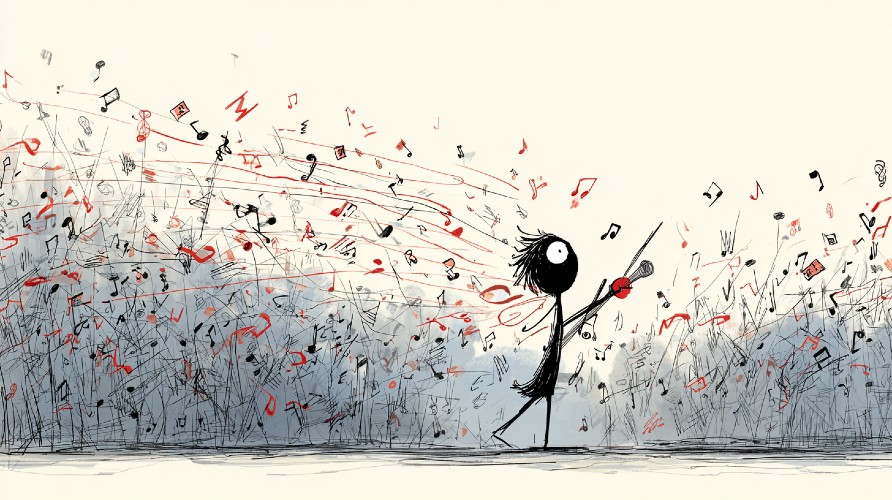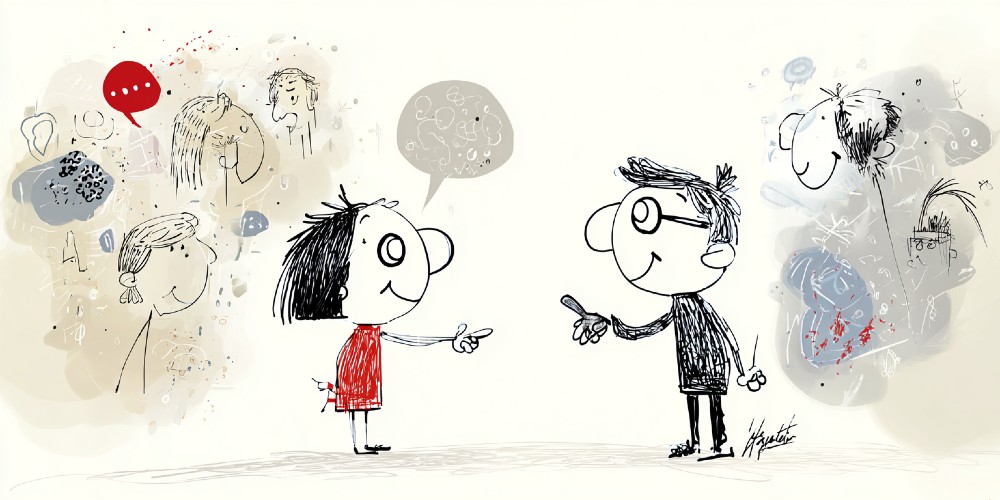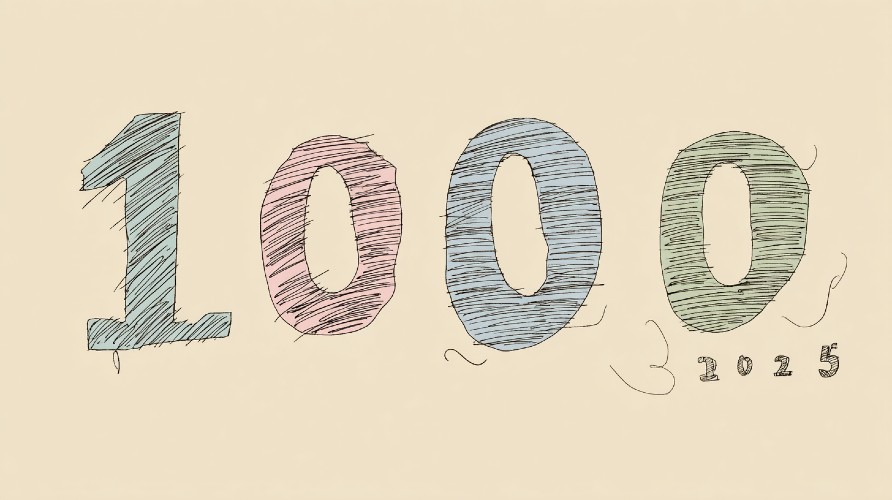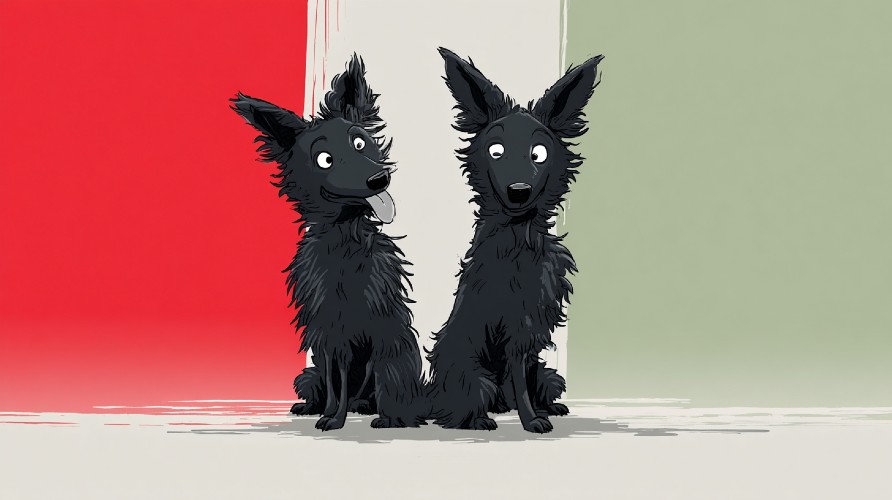
The Sound of the Noun Cases
This sheet is an ear and finger-training to get you used to how Hungarian words sound in different cases.

This site is here to add a little fun, focus, and flexibility to your practice.
You’ll find vocabulary and grammar exercises, useful expressions, playful quizzes, and other small extras — all designed to support your learning.
Check the latest sheets below or use the menu or the labels in the footer to navigate and find what you are looking for.

This sheet is an ear and finger-training to get you used to how Hungarian words sound in different cases.

To use „be” or not to use „be”? That is the question! And this is the part I to help with that.

Introduce yourself: name, age, where you are from, hobbi, marital status.

Learn about the Hungarian history and practice the numbers above 1000. Do you like crosswords?

Introduce yourself: name, age, where you are from, hobbi, marital status.

It is probably the first lesson already that you hear about „tegeződés” and „magázódás”. Alias when to use formal or informal speech.

One way to create adjectives is to take a place and add an -i. Do you want to try?

Hungarians will quickly assess the situation, recall the relevant rules and exceptions, then differentiate, integrate, and run multivariable regressions – all in the blink of an eye – just to choose the proper greeting.
🎲 RANDOM QUIZ
Dipping your toes into a few lessons is already worth to try. Who knows — you might even grow to enjoy it enough to stick around!
Continue reading >>
Our website uses speech recognition to help you practise Hungarian by speaking.
If it doesn’t work for you, don’t worry.
Read this >>
Learning a language can be great fun — and equally, a great challenge. It’s even more challenging when you’re trying to learn it in a non-native environment.
Privacy policy


When you don’t yet have enough vocabulary or grammar to speak fully in your target language, try PatchPhrasing.
It means you speak in your native language — but replace any word or phrase you do know (or are just learning now) in the target language.
This helps you learn in context and understand the function of the word (e.g. noun, verb, tense, etc.).
Example:
“I want a piros sports car. Sooo piros like a ripe cherry.”
(piros = red — but I think you guessed that.)
It’s fun, flexible, and builds real fluency — one word at a time.